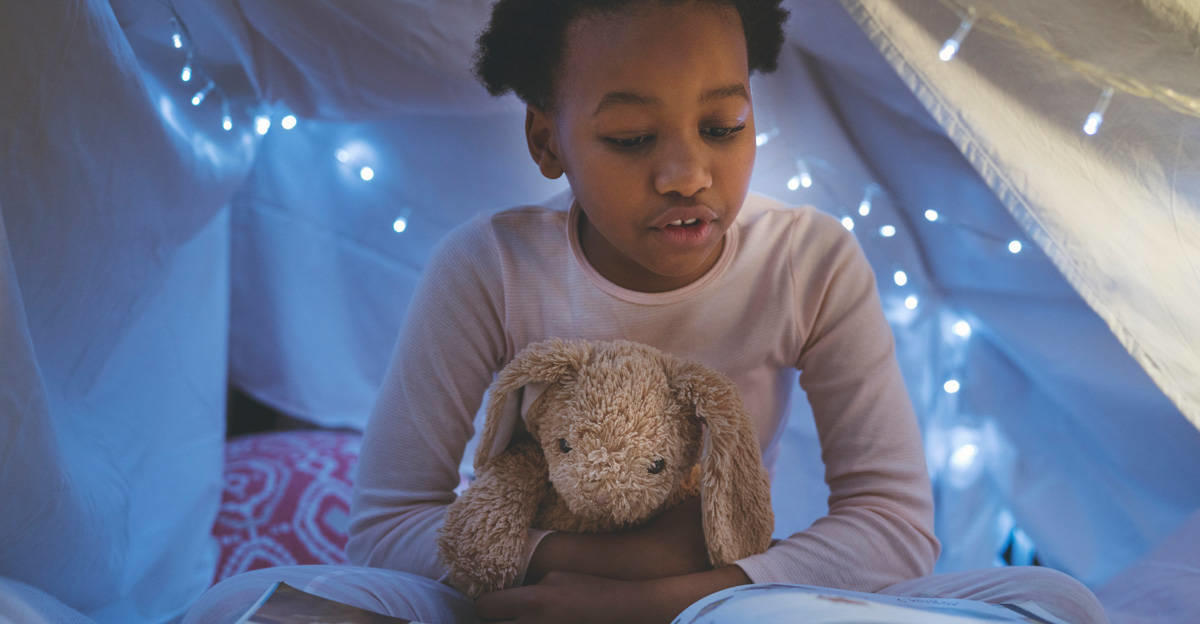When parents are working remotely, when students are out of school, and when inclement weather or other events prevent normal routines, stress in the home can escalate quickly as family members vie for space and privacy. More schools are now embracing the concept of replacing time out/punishment and even suspension with rooms for quiet retreats. The terms for these rooms can vary widely—from Quiet Spaces, to Mindfulness Rooms, to Cozy Coves—but all have a common goal: to create a sensory time-in area where students can disconnect from the outside world to reconnect with breath, body, and internal awareness for self-regulation and calming.
So, it makes sense in these current times (or anytime!) to create a similar space at home. Whether a bedroom corner, attic, basement, or under a staircase, any space can be transformed into a Zen oasis with a few simple concepts:
1. Create a clear spatial boundary definition:
- A small pop-up tent works nicely.
- Construct a fort with pillows, foam cushions, blankets, and sheets.
- Use a fabric shower curtain or simple drape sheaths and a tension rod to block off a tented space, or use a reading canopy to create a cozy space.
2. Add cushions, pillows, a yoga mat, a bean bag chair, or other seating options.
3. Add twinkle lights inside the space. A strand or two of holiday lights add a gentle ambiance. Other visual calmers like lava lamps, prisma lights, or fiber optic spray lights are also good options.
4. Use a small lamp, if needed, to read/work. A clip-on reading light or portable LED camping lanterns may be good options.
5. Include a portable work surface for drawing, reading, and writing. Plastic trays, laptop bed trays, or a weighted lap desk are easy options. Or, make your own using a kitchen cutting board propped on either side with books or yoga blocks.
6. Add personalized sensory calmers like a cozy blanket and a favorite stuffed animal. Weighted options like a lap pad provide additional deep touch pressure input, which may help with calming. Include a couple of favorite fidgets to complete the sensory tool options.
7. Add an option for music from your favorite source or quiet with noise-canceling headphones.
Check out additional resources in our other blog article, Must Haves For Creating a Calming Sensory Space. Help us spread the word! Share your tips and pictures of your home’s sensory quiet space.
Cecilia Cruse
Cecilia Cruse, MS, OTR/L has a BS degree in Occupational Therapy from the University of Florida, and her Master’s degree in Education from Georgia State University. She is SIPT certified and has over 25 years of experience in pediatrics with school-based services, acute care, and outpatient pediatric settings.







Leave a Reply